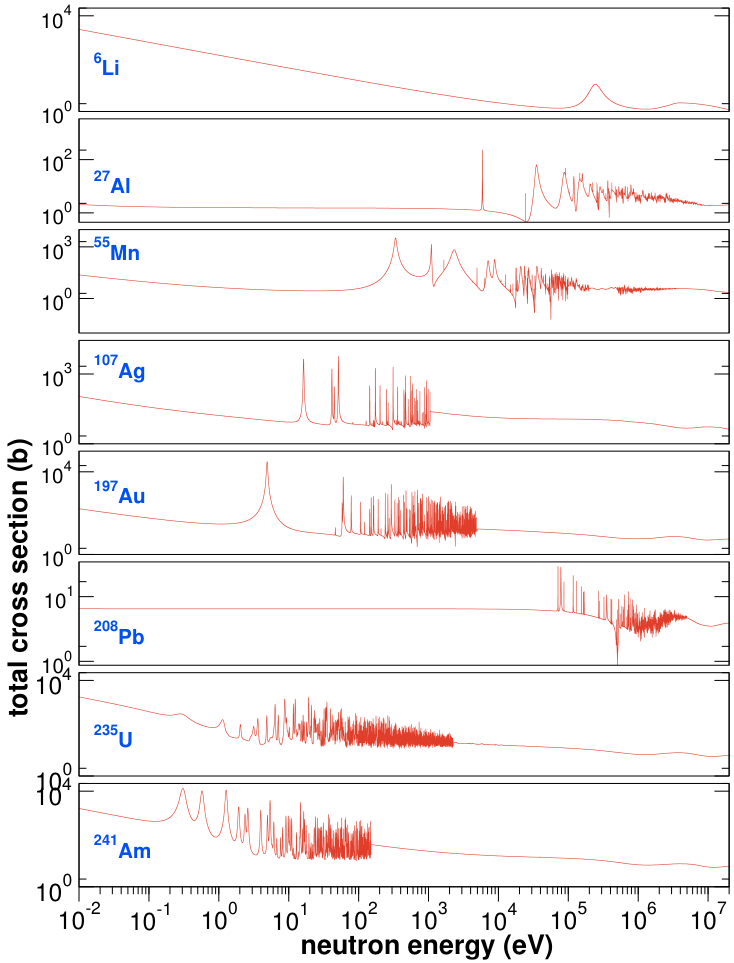Basic Nuclear Physics
Neutron-induced reactions measured with the time-of-flight technique form a unique tool to investigate nuclear structure at high excitation energies by observing resolved nuclear levels that are revealed by resonances in the reaction yields. This information can be completed by the analysis of measured gamma-ray spectra corresponding to the decay of the compound nucleus, which also provide information on transition probabilities below the neutron separation energy.
Neutron resonance spectroscopy is used to obtain crucial information on level densities in the vicinity of the neutron binding energy, i.e. at several MeV above the ground state. Level densities are an important part in the calculation of nuclear reaction rates, having applications in astrophysical processes and in nuclear reactor devices based on fission or fusion reactions. A large number of level density models exist which are all calibrated by the level density observed with neutron resonances.

As an example of the observation of nuclear levels in neutron-induced experiments, the figure above shows the total cross-section as a function of neutron energy for several nuclei with increasing mass ranging from 6Li to 241Am. The resonance structure present in the cross-sections corresponds to nuclear levels in the compound nucleus. Note that the zero of the neutron energy scale corresponds to the excitation energy of the neutron binding energy, i.e. several MeV above the ground state. On the logarithmic energy scale one can observe the decrease of the spacing between two levels, or the increase of the level density, when the mass of the nucleus increases. The significant shell effects are illustrated by the case of 208Pb, a nucleus with closed neutron and proton shells, where a decrease in the level density can be observed.
Experiments already performed at n_TOF have provided valuable information on this topic and a specific proposal for the particular case of 88Sr has been approved by the INTC and will be performed in 2012.